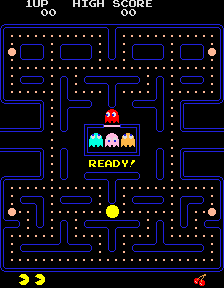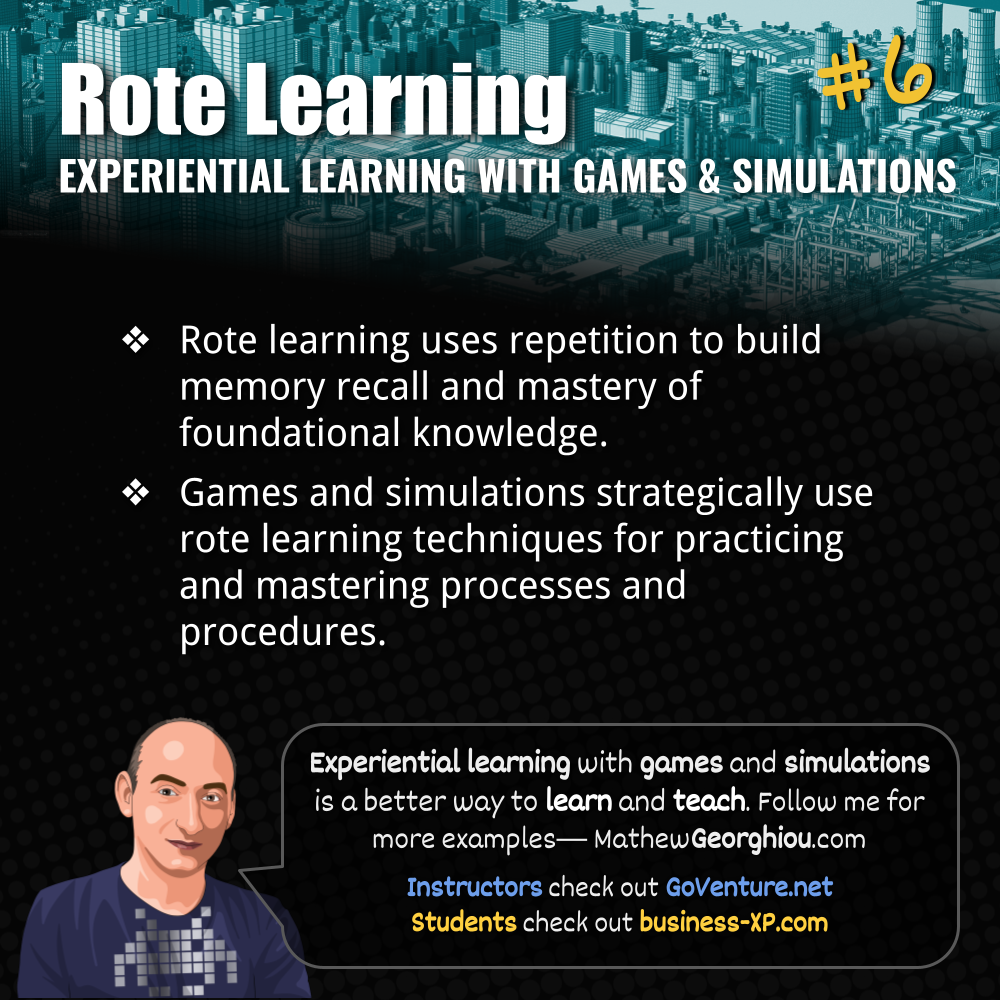
Rote Learning Builds Your Brain's Muscle Memory
Rote Learning is a memorization technique based on repetition. Most of us have used it to learn and remember the alphabet or our math multiplication tables.
Rote learning is often considered to be a bad way to learn. It seems inefficient and uninspiring.
But, just like any tool in a toolbox, it can be very powerful when used strategically.
Muscle Memory
In sports there's a concept called "muscle memory."
Through practice, athletes repeat a physical movement thousands of times so that the movement becomes consistent.
This muscle memory helps a golfer swing a club with better accuracy, a basketball player sink a higher percentage of shots, and a hockey player skate more efficiently.
We use our muscle memory every day to walk across the room, climb stairs, and do many physical motions we don't have to think about.
For athletes, muscle memory does one more important thing — it helps them maintain consistency and mastery in the heat of the game.
Performing well in the heat of the game is what separates the great from the good.
Muscle Memory For the Brain
In education, rote learning is like building muscle memory for the brain.
It can be a very powerful technique when used properly. Because learning a new concept, even if you fully understand it at the time, is likely to be quickly forgotten.
And, if not forgotten, its unlikely to be applied in the heat of the moment when you need it.
Rote learning can solve this.
Rote Learning in Games
Rote learning is used in many games for entertainment and games for education.
Take the old-school Pac-Man game for example.

This game has about 5 minutes of unique gameplay, and then you repeat everything. Yes, the game moves faster and the monsters get more aggressive, but the gameplay is the same. Yet, millions of people have spent countless hours playing this simple game.
Modern games have similar repeat gameplay or "grinding" as it is sometimes called.
Grinding builds and refines your skills for bigger challenges to come.
Instructional Design
--------------------
Learning that does not use rote methods risks falling short.
For example, role-playing exercises are a common technique that can be fun and effective. But if you only do a few of these activities, what you are learning is unlikely to be burned into your brain's muscle memory. This means you may not be able to recall and apply what you learned when you need it.
And, if you can't apply what you learn when you need it, then we have to question the value of the education provided.
The key to leveraging the power of rote learning is to identify the core skills that are needed in the heat of the moment and then strategically apply repetition to build consistency and mastery.
Not too much repetition. You want to avoid unnecessary grinding. But just enough to accomplish the learning objective.
The challenge, however, is that rote learning takes time. Time that most instructional designers cannot plan for in an educational experience that may only be a few hours in duration.
Educational Games & Simulations
-------------------------------
The most feasible solution is to use a game or simulation. Games and simulations allow us to apply rote learning in the shortest amount of time possible.
We can design activities that are laser focused on the skills needed and the perfect amount of repetition to build consistency and mastery.
Here is an example of how I applied rote learning to teach accounting in a business simulation. The objective here is to teach how to post debits and credits in bookkeeping. This is something a bookkeeper will do thousands of times and must be done with 100% accuracy. Watch the video to see how it works.
I will share more examples in a future issue of this newsletter (or ask me in the comments).

Receive this newsletter by email —
I'm Mathew Georghiou and I write about how games are transforming education and learning. I also share my experience as an entrepreneur inventing products and designing educational resources used by millions around the world. More about me at Georghiou.com